Scientists have estimated the mass of the fastest-growing black hole in the universe, and found it is 34 billion times the mass of the sun.
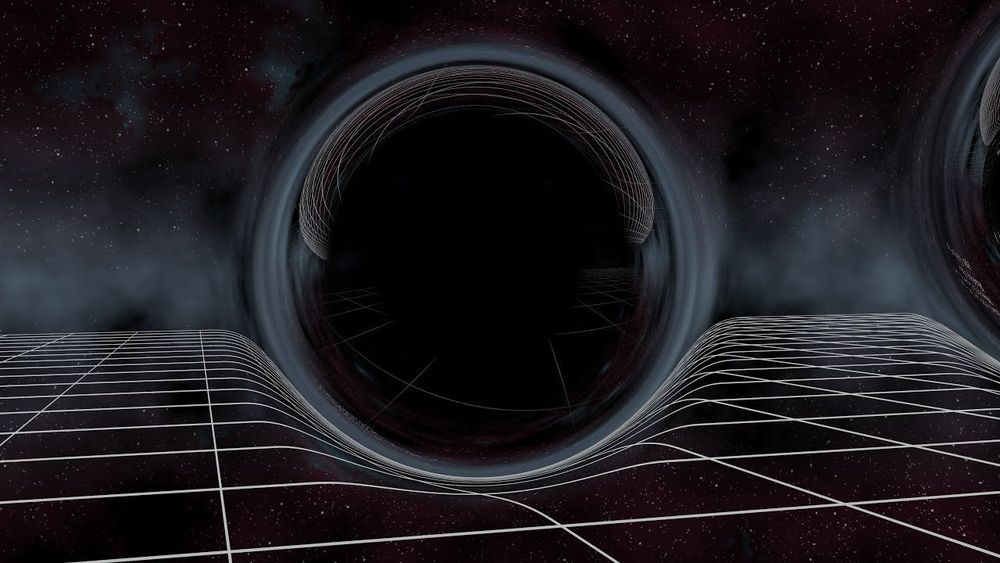

Scientists have estimated the mass of the fastest-growing black hole in the universe, and found it is 34 billion times the mass of the sun.

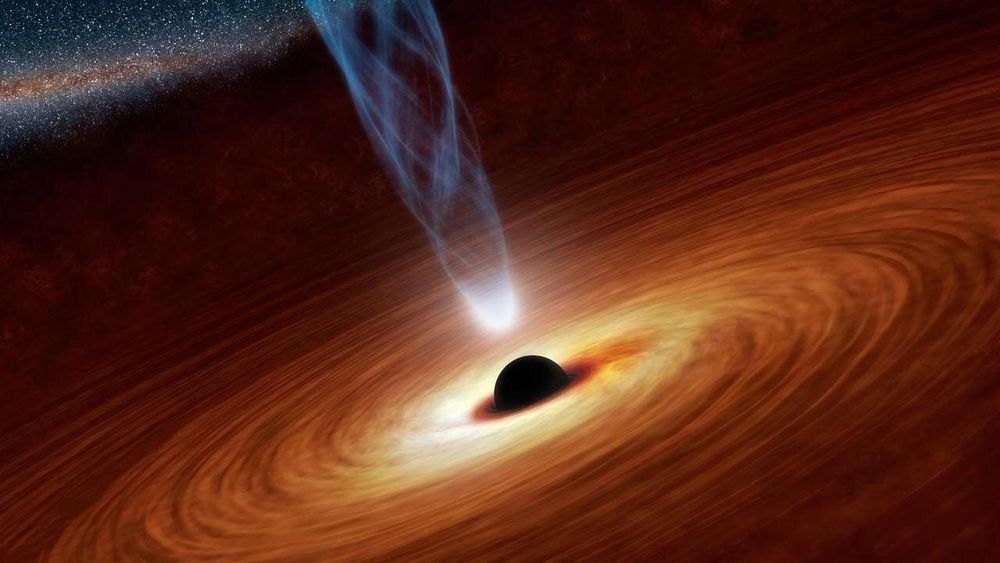
O.,o O.O
We now know just how massive the fastest-growing black hole in the Universe actually is, as well as how much it eats, thanks to new research led by The Australian National University (ANU).
It is 34 billion times the mass of our sun and gorges on nearly the equivalent of one sun every day, according to Dr. Christopher Onken and his colleagues.
“The black hole’s mass is also about 8,000 times bigger than the black hole in the centre of the Milky Way,” Dr. Onken said.
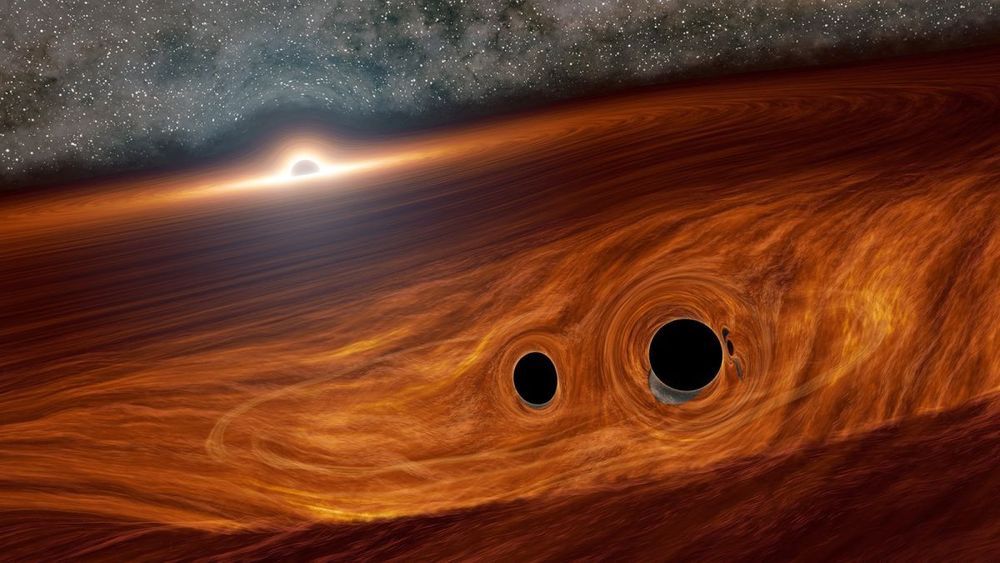

Although many other observatories, including NASA’s Hubble Space Telescope, have previously created “deep fields” by staring at small areas of the sky for significant chunks of time, the Cosmic Evolution Early Release Science (CEERS) Survey, led by Steven L. Finkelstein of the University of Texas at Austin, will be one of the first for Webb. He and his research team will spend just over 60 hours pointing the telescope at a slice of the sky known as the Extended Groth Strip, which was observed as part of Hubble’s Cosmic Assembly Near-infrared Deep Extragalactic Legacy Survey or CANDELS.
“With Webb, we want to do the first reconnaissance for galaxies even closer to the big bang,” Finkelstein said. “It is absolutely not possible to do this research with any other telescope. Webb is able to do remarkable things at wavelengths that have been difficult to observe in the past, on the ground or in space.”
Mark Dickinson of the National Science Foundation’s National Optical-Infrared Astronomy Research Laboratory in Arizona, and one of the CEERS Survey co-investigators, gives a nod to Hubble while also looking forward to Webb’s observations. “Surveys like the Hubble Deep Field have allowed us to map the history of cosmic star formation in galaxies within a half a billion years of the big bang all the way to the present in surprising detail,” he said. “With CEERS, Webb will look even farther to add new data to those surveys.”

A 50-year-old theoretical process for extracting energy from a rotating black hole finally has experimental verification.
Using an analogue of the components required, physicists have shown that the Penrose process is indeed a plausible mechanism to slurp out some of that rotational energy — if we could ever develop the means.
That’s not likely, but the work does show that peculiar theoretical ideas can be brilliantly used to explore the physical properties of some of the most extreme objects in the Universe.
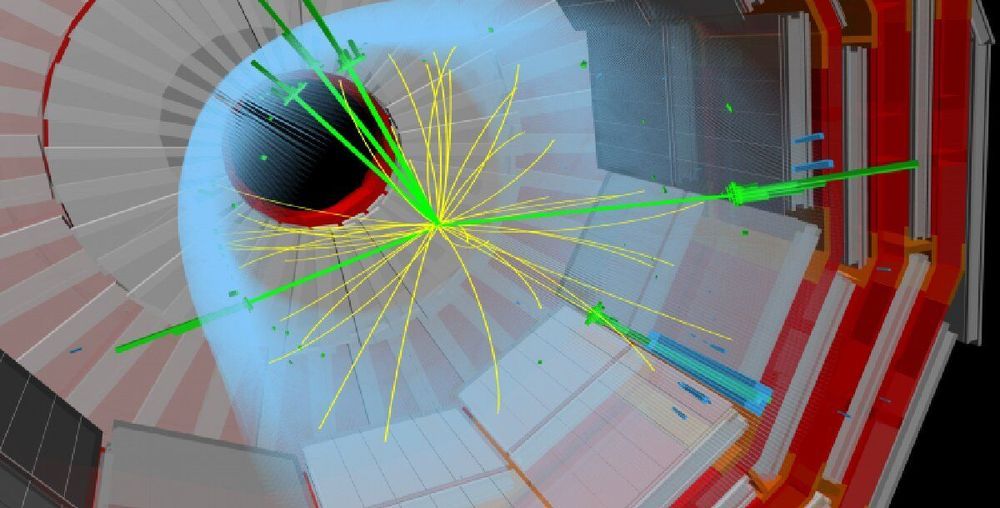
Modern physics knows a great deal about how the universe works, from the grand scale of galaxies down to the infinitesimally small size of quarks and gluons. Still, the answers to some major mysteries, such as the nature of dark matter and origin of gravity, have remained out of reach.
Caltech physicists and their colleagues using the Large Hadron Collider (LHC) at the European Organization for Nuclear Research (CERN) in Geneva, Switzerland, the largest and most powerful particle accelerator in existence, and its Compact Muon Solenoid (CMS) experiment have made a new observation of very rare events that could help take physics beyond its current understanding of the world.
The new observation involves the simultaneous production of three W or Z bosons, subatomic “mediator particles” that carry the weak force—one of the four known fundamental forces —which is responsible for the phenomenon of radioactivity as well as an essential ingredient in the sun’s thermonuclear processes.
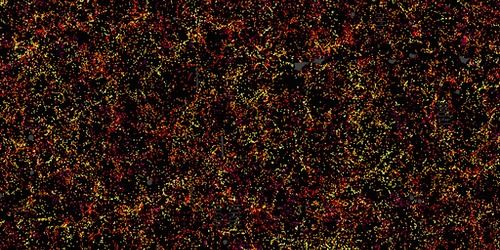
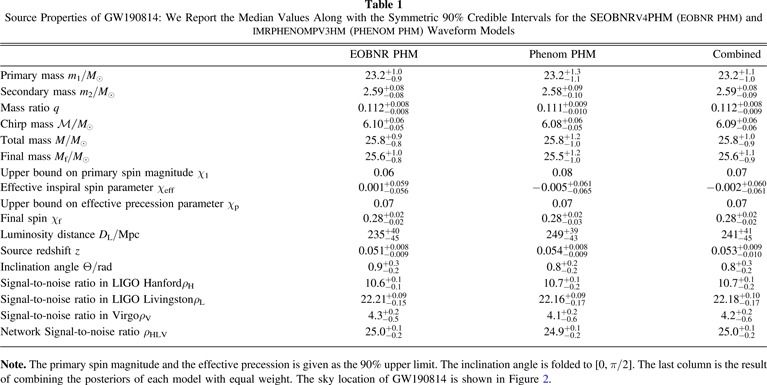
R. Abbott 1, T. D. Abbott 2, S. Abraham 3, F. Acernese 4,5, K. Ackley 6, C. Adams 7, R. X. Adhikari 1, V. B. Adya 8, C. Affeldt 9,10, M. Agathos 11,12, K. Agatsuma13, N. Aggarwal 14, O. D. Aguiar 15, A. Aich 16, L. Aiello 17,18, A. Ain 3, P. Ajith 19, S. Akcay 11,20, G. Allen 21, A. Allocca 22, P. A. Altin 8, A. Amato 23, S. Anand 1, A. Ananyeva 1, S. B. Anderson 1, W. G. Anderson 24, S. V. Angelova 25, S. Ansoldi 26,27, S. Antier 28, S.
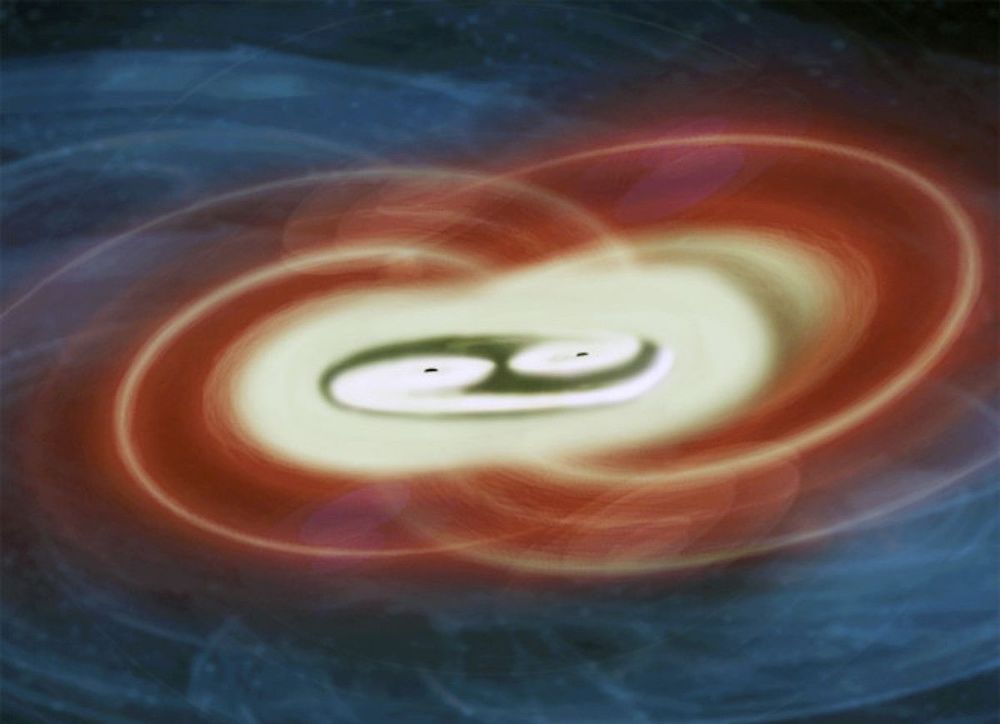
Astronomers investigating gamma ray emissions have discovered that certain active galaxies seem to be giving off bursts in regular patterns. This, the team says, could be an indication of galaxies harboring two supermassive black holes in their centers.
Conventional thinking says that lurking at the heart of most galaxies is a supermassive black hole. The Milky Way is the perfect example – Sagittarius A lies about 26,000 light-years from Earth and has a mass about 4 million times that of the Sun.
While it’s generally thought that galaxies would only host one supermassive black hole, the idea that some could have two has been theoretically possible. And now, an international team of researchers has found what could be the first evidence of this scenario.